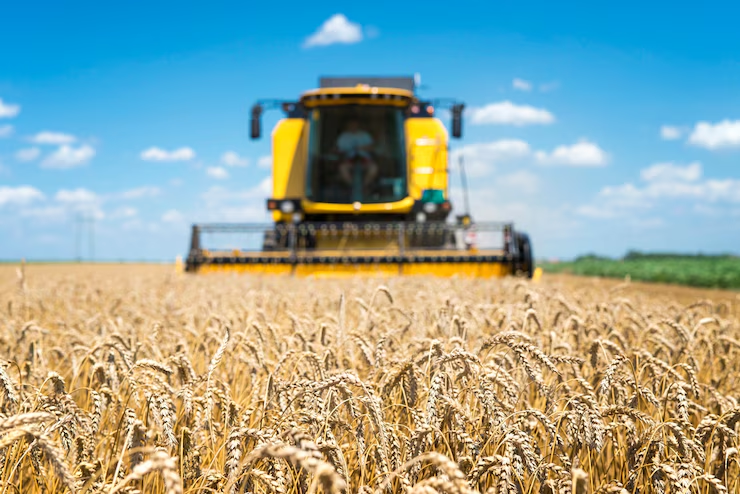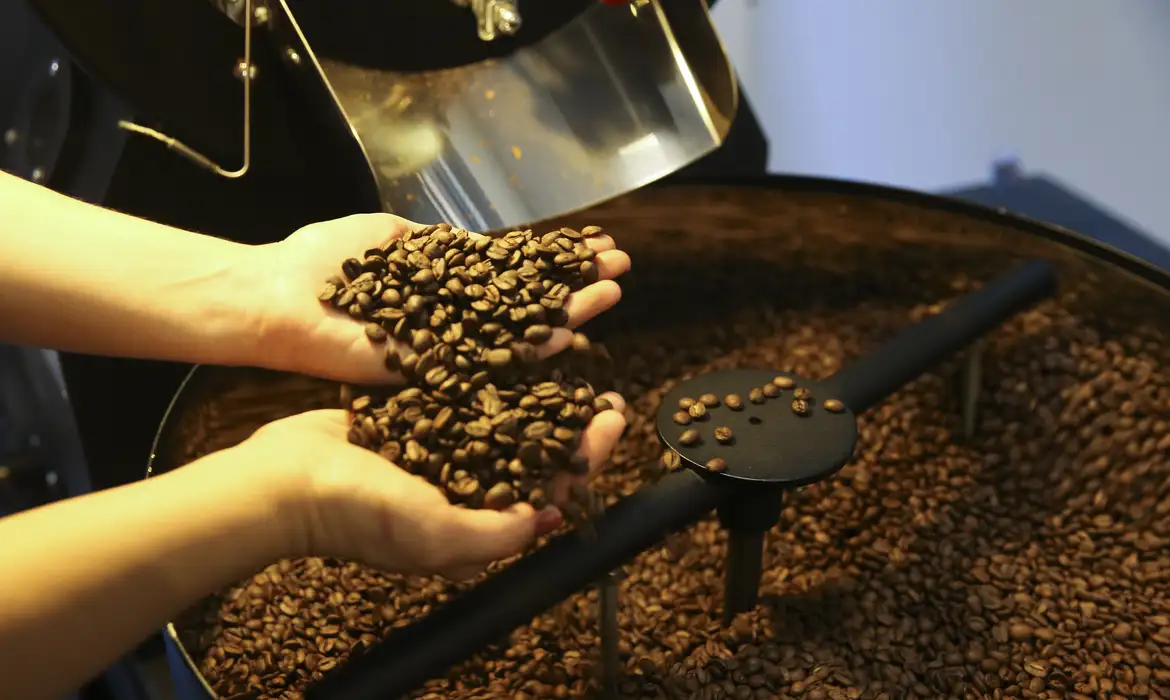In 2022, soy and biodiesel chain represented 27% of the Brazilian agribusiness GDP and generated 2 million jobs

These data were presented in an unprecedented survey carried out in a partnership between the Center for Advanced Studies in Applied Economics (Cepea) and the Brazilian Association of Vegetable Oil Industries (ABIOVE).
The president of ABIOVE, André Nassar, explained how the study came about and the importance of drawing up a general overview of soy and biodiesel. “This project started mainly because of the debate on biodiesel, but later we understood that it was necessary not to look only at the biodiesel stage, but to look at the soy chain as a whole, look at the part of soy processing. The idea with this work is to generate quality information, good information, made with good people, from a super important chain for Brazil”, he clarified.
Industry growth
In the comparison between 2010 and 2022, the soy and biodiesel chain grew by 58%, while agribusiness grew by 8% and the Brazilian economy by 12%. These data show the consistent increase in the availability of products to the final consumer.
ABIOVE’s Director of Economics and Regulatory Affairs, Daniel Furlan, commented on how the survey data is an overview of the soy and biodiesel chain, thus opening up new opportunities for the sector. “How much more we can do by looking at the size of the soybean crop, how much more products we can generate, more GDP and more jobs. Increase our capacity to export bran, oil and maybe even biodiesel”, said Furlan.
jobs and export
The study showed that, in the last 10 years, between 2012 and 2022, the number of people employed in the soy and biodiesel chain grew by more than 80%. As a result, participation as a generator of jobs in agribusiness grew from 5.8% to 10.8%.
Cepea professor and researcher Nicole Rennó, one of the study coordinators, contextualized another important aspect presented by the research: the relationship between the growth of rural production and exports. “Production in the field has grown more rapidly than processing, and one way of seeing this, which we use, is this growth and share of exports in total soy production. And that share grew over the period,” she explained.
Most of the material exported is soybeans, which corresponds to 78% of the weight exported in 2022. Despite the reduction in participation, due to increasing imports from Southeast Asia, Africa and the Middle East, China is still the country that imports the most , with 52.61% of the chain’s total exports.
By Brasil 61




